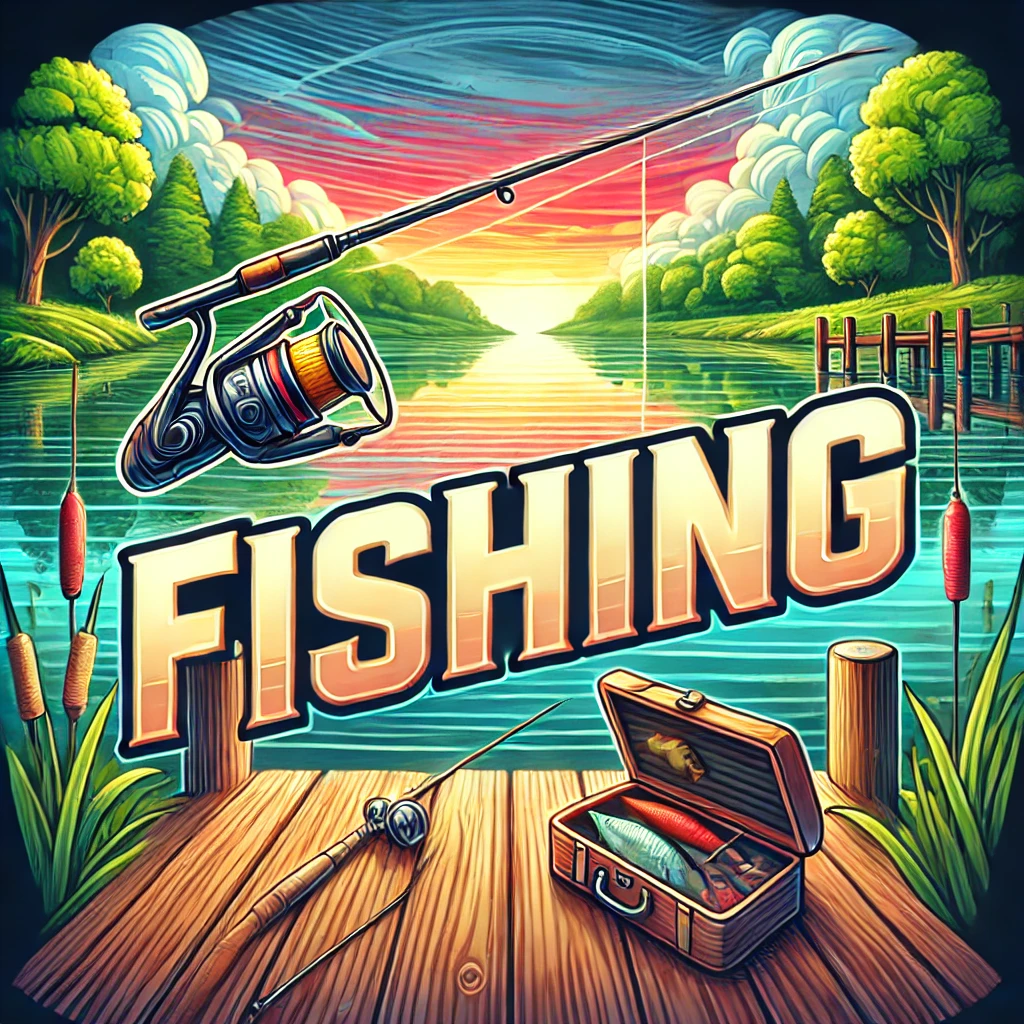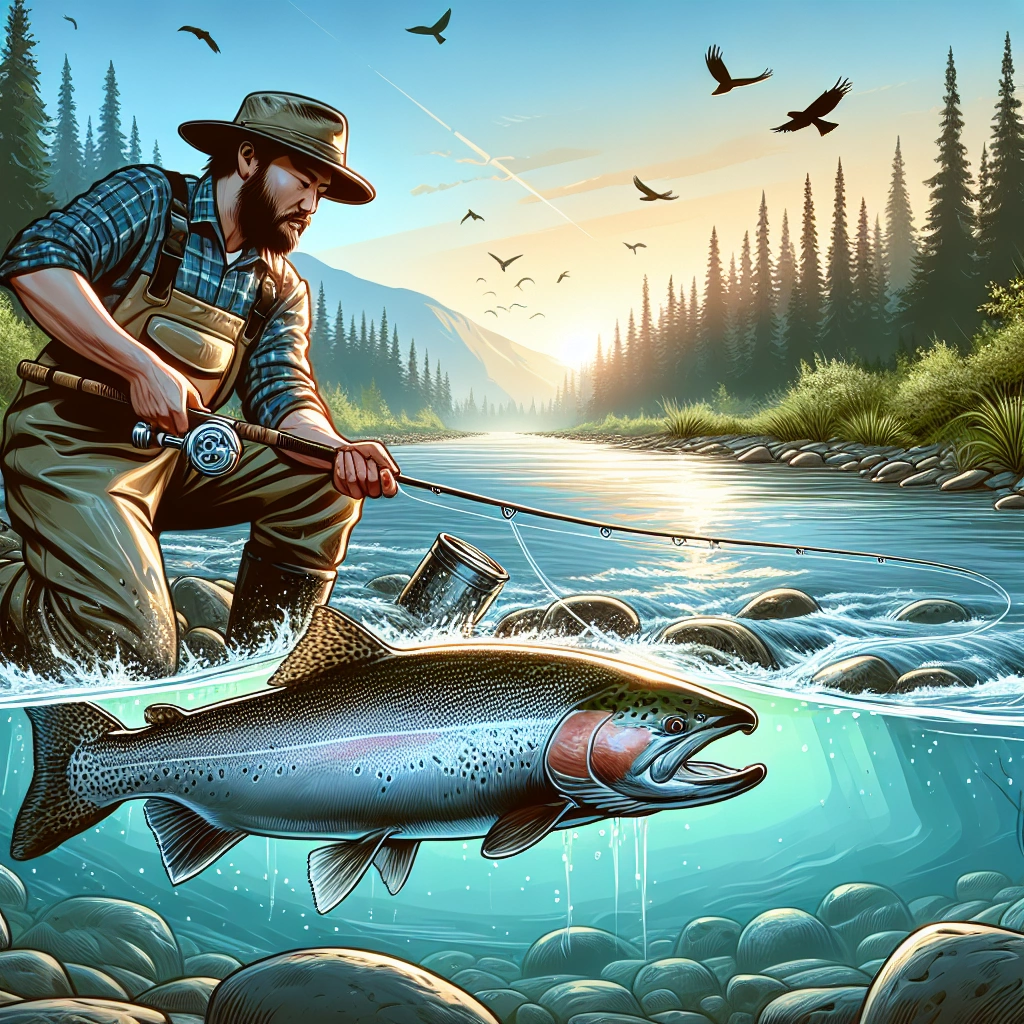
Two-hook livebaiting rigs for slow trolling
kingiFiddler
says:
Hi All,
Have been trialling a two-hook rig but twice (once is too often), the leader has broken at the top hook during fights.
Both hooks have been snelled and I've tried snelling the top hook two different ways but still the line breaks at that knot.
This is an example of what I've been playing with:

First hook goes up inside bait's mouth. Easier, faster than bridling and it's largely hidden in there, with just a small part of the shank sticking out. End hook goes in bait's back, because hook-up rates seem to be better back there compared to bridled or any other method I've tried thus far.
Can anyone help me understand why the snell on the top hook is breaking during the fight when I have good pressure on the leader please? Maybe some rubbing against bait's teeth weakens the line? But I've not seen any sign of this. Maybe the snells are great when there's tension coming from one direction, but on the top snell the tension is coming from both above and below the snell and maybe it's too much for the knot around the smaller shank diameter of the smaller top hook?
Anyone got any suggestions please? I've stopped using the two hook rig until I can figure out how to avoid it breaking. Lost a PB kingfish a wee while back and don't want to lose any more fish.
Any help appreciated.
Have been trialling a two-hook rig but twice (once is too often), the leader has broken at the top hook during fights.
Both hooks have been snelled and I've tried snelling the top hook two different ways but still the line breaks at that knot.
This is an example of what I've been playing with:

First hook goes up inside bait's mouth. Easier, faster than bridling and it's largely hidden in there, with just a small part of the shank sticking out. End hook goes in bait's back, because hook-up rates seem to be better back there compared to bridled or any other method I've tried thus far.
Can anyone help me understand why the snell on the top hook is breaking during the fight when I have good pressure on the leader please? Maybe some rubbing against bait's teeth weakens the line? But I've not seen any sign of this. Maybe the snells are great when there's tension coming from one direction, but on the top snell the tension is coming from both above and below the snell and maybe it's too much for the knot around the smaller shank diameter of the smaller top hook?
Anyone got any suggestions please? I've stopped using the two hook rig until I can figure out how to avoid it breaking. Lost a PB kingfish a wee while back and don't want to lose any more fish.
Any help appreciated.
Likes: 1
Login to reply
1 year ago
Log in to post a reply.




